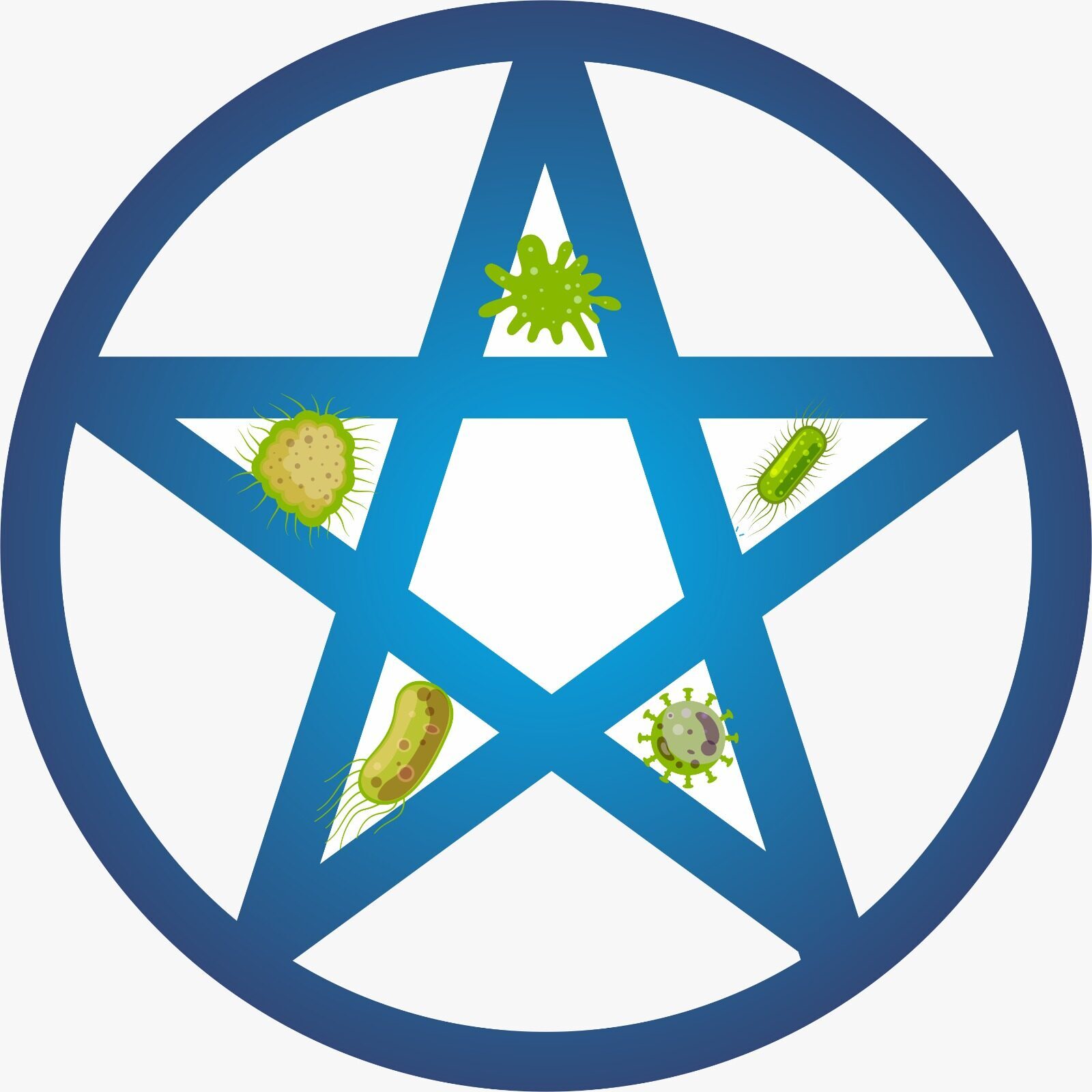Full-Text
- Introduction:
The most devastating of the several diseases that affect citrus trees is known as citrus greening (Huanglongbing, or HLB). Millions of citrus trees are killed by HLB in numerous citrus growing regions across the world. Yellow shoots, stunted development, irregular fruit coloring, bitter-tasting fruit unfit for juice production are some of the symptoms of HLB disease [1]. This HLB disease has potential to destroy trees completely after showing first symptoms of the disease within few years.
According to estimates, this disease alone has killed more than 60 million citrus trees globally. First off, the disease was identified in China’s Guangdong province in the late 1800s. In this region, it was known as yellow shoot disease, and it was confirmed in India in 1967.
According to estimates, this disease alone has killed more than 60 million citrus trees globally. First off, the disease was identified in China’s Guangdong Province in the late 1800s. In this region, it was known as yellow shoot disease, and it was confirmed in India in 1967. From then, practically every citrus-growing region in the world has reported disease, including Taiwan, Japan, Florida (United States), Sao Paulo (Brazil), Jamaica, Indonesia, South Africa, Caribbean, North, and Central American countries.[2].
Candidatus Liberibacter spp. is the disease’s causative agent, and psyllids are its primary vectors. However, there are differences in the environment and the vector species used to transmit the disease. ‘Ca. L. africanus’ is heat-labile as well as is vectored through Trioza erytreae Del Guercio, but ‘Ca. L. asiaticus’, ‘Ca. L. americanus’, and ‘Ca. L. asiaticus’ are heat-tolerant as well as are vectored through Diaphorina citri Kuwayama. The most common species on the Indian subcontinent is “Ca. L. asiaticus.”[3]. It’s crucial to have methods for differentiating “Ca. L. asiaticus” isolates in order to comprehend the genetic makeup of pathogen populations as well as conduct ecological study together with epidemiological research on them. Originally, the populations of “Ca. L. asiaticus” were analysed using conserved genomic loci, like 16S rDNA sequences. The locations of the 16S rRNA gene, a gene encoding an outer membrane protein (omp), and a b-operon in ribosomal protein genes (rplAJ) in “Ca. L. asiaticus” were then compared. Sequence analysis, however, showed that these genes only had a small number of variants [4]. These loci (16S rDNA, rplAJ gene, and omp gene) generally have modest levels of genetic diversity, making it challenging to identify bacterial populations from various origins with sufficient clarity. Recently, a distinctive genomic area of “Ca. L. asiaticus” demonstrating locus mosaicism was identified, allowing for the division of “Ca. L. asiaticus” isolates in China into high and low altitude groups [5]. A similar examination of the diversity of the bacterial populations based on the tandem repeat numbers (TRN) of a few genomic regions was made possible by the release of the 1.23 Mb whole genome sequence of the hazardous “Ca. L. asiaticus” strain psy62.
Three main genetic groupings of “Ca. L. asiaticus” were widely discovered using microsatellite markers established by Islam et al. in 2012 [6]. The Florida bacterial group was monopolised by a TRN = 5 genotype (84.5%), whereas the Guangdong bacterial community prevalently contained a TRN = 7 genotype, according to Chen et al. 2010’s investigation into the variation analysis of TRN at a genomic locus (CLIBASIA 01645) of “Ca. L. asiaticus” strains. However, there are only limited amount of biological and genetic data available on the diversity of bacterial communities among India’s many geographic origins. The current study was designed to conduct an in-silico comparative analysis of “Candidatus Liberibacter asiaticus” isolates predicated on Tandem Repeat Variability (TRN) in a Genomic Locus (CLIBASIA 01645) of Maharashtra and Assam state in India. Given the success in separating “Ca. L. asiaticus” populations at locus CLIBASIA 016456, this was done.
- Materials and Method:
The tandem repeat sequences were retrieved from the NCBI lab (appendix 1; table 1). To ascertain the impact of environment and host on the tandem repeat variation, the sequences were particularly extracted from Maharashtra (Central India) (figure 2; appendix 2) and Assam (North India) (figure 3; appendix 2). All the sequences were extracted from NCBI and the tandem repeat “AGACACA” was calculated using MS word. From each state, fifteen isolates were extracted and screened for tandem repeats.
- Result and Discussion:
Given the many “environmental circumstances” in its several states, India might potentially sustain a rise in the variety of pathogens there. It is essential for determining the disease risk to understand the genetic variability regarding “Ca. L. asiaticus” through various geographic regions as well as citrus cultivars [7]. Citrus greening has been known to affect all commercialized cultivars in India for many years, but there hasn’t been any research on the genetic changes within the “Ca. L. asiaticus” bacterial population [8, 9]. Citrus reticulata, Citrus sinensis, and Citrus aurentifolia are the principal crops grown mostly for commercial purposes in Maharashtra.
The productivity of all crops is less as compared to other major citrus cultivating countries including USA, China and Brazil. Citrus greening is an important and most devastating pathogen predominately behind this gloomy scenario [10]. In India, the etiological agent of this disease is “Candidatus Liberibacter asiaticus” and which found to be a most devastating [11, 12].
